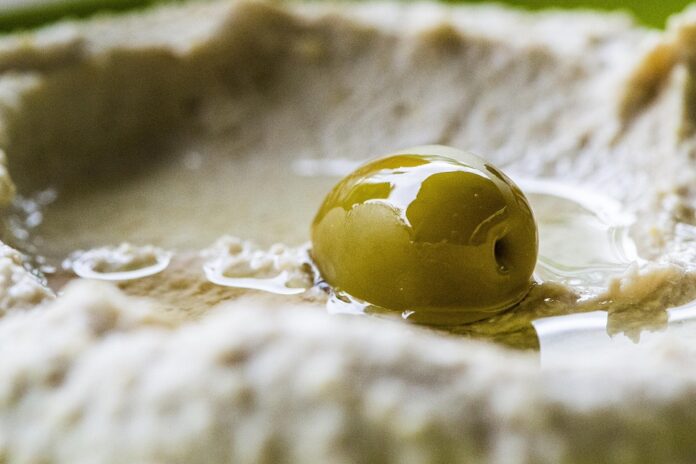Introduction:
The process of harvesting and processing olives into extra virgin olive oil is a meticulous and labor-intensive procedure that requires careful attention to detail. In this report, we will delve into the various steps involved in this process, from harvesting the olives to extracting the oil. We will also explore the financial aspects of olive oil production, including industry insights and key players in the market.
Harvesting:
Olive Cultivation:
Olive trees are typically grown in Mediterranean climates, where they thrive in hot, dry conditions. The trees are planted in groves and can take several years to reach maturity before they start producing fruit. Different varieties of olives are used for oil production, each with its unique flavor profile.
Harvesting Techniques:
Harvesting olives is usually done by hand or using mechanical harvesters. Hand-picking is the traditional method and is still preferred for high-quality olive oil production. Workers carefully pick the olives from the trees, ensuring that only ripe fruit is harvested. Mechanical harvesters, on the other hand, shake the trees to dislodge the olives, which are then collected from the ground.
Processing:
Sorting and Cleaning:
Once the olives are harvested, they are taken to the processing facility where they undergo sorting and cleaning. Any leaves, twigs, or debris are removed from the olives to ensure that only clean fruit is used for oil extraction.
Crushing:
The olives are then crushed to break down the fruit and release the oil. Traditional stone mills or modern stainless steel crushers are used for this purpose. The resulting paste is a mixture of oil, water, and solids.
Malaxation:
The olive paste is then malaxed or mixed to allow the oil droplets to combine and form larger droplets. This process helps in separating the oil from the water and solids in the paste.
Centrifugation:
The olive paste is then processed in a centrifuge, which spins the mixture at high speeds to separate the oil from the water and solids. The final product is a mixture of oil and water.
Extraction of Extra Virgin Olive Oil:
Decanting:
The oil and water mixture is left to settle in tanks for a period of time, allowing the oil to rise to the top and the water to settle at the bottom. The oil is then decanted or skimmed off the top.
Filtration:
The oil is then passed through filters to remove any remaining water or solids, resulting in pure extra virgin olive oil. Filtration helps to improve the clarity and shelf life of the oil.
Industry Insights:
Financial Data:
The global olive oil market is valued at over $11 billion, with Europe being the largest producer and consumer of olive oil. Spain, Italy, and Greece are the top producers of olive oil in the world, accounting for a significant portion of the market share.
Key Players:
Some of the major players in the olive oil industry include companies like Deoleo, Borges International Group, and Sovena Group. These companies produce a wide range of olive oil products, from extra virgin to pomace olive oil, catering to different consumer preferences.
Market Trends:
The demand for extra virgin olive oil has been on the rise due to its health benefits and unique flavor profile. Consumers are increasingly seeking high-quality, organic olive oil products, driving the growth of the market. Sustainable practices and traceability are also becoming important factors for consumers when choosing olive oil products.
In conclusion, the process of harvesting and processing olives into extra virgin olive oil is a complex yet rewarding endeavor. From hand-picking the olives to extracting the oil, each step requires precision and expertise to produce high-quality olive oil. The industry insights and financial data provided in this report offer a glimpse into the thriving olive oil market, highlighting key players and market trends shaping the industry.



